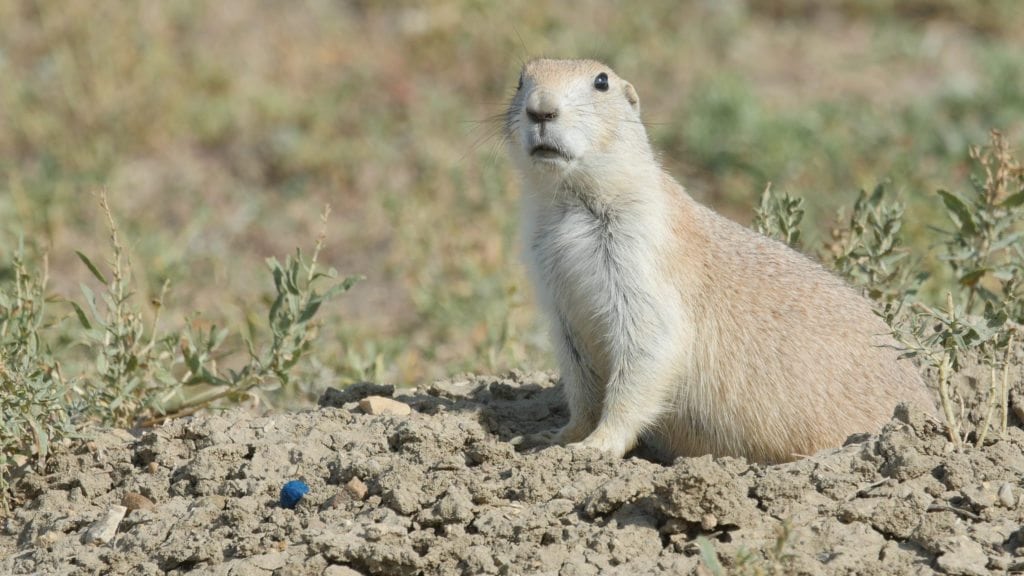Drone technology is revolutionizing the way businesses are gathering information, with everyone from media organizations to real-estate developers leveraging the precision and nimbleness of unmanned aerial vehicles to record and capture data from the skies.
Researchers from a project sponsored by groups including the U.S. Fish and Wildlife Service (USFWS) and U.S. Geological Survey are also using the technology to help protect North America’s rarest mammal, the endangered black-footed ferret.
In an illustration of the delicate interchange of wildlife and habitat throughout our land ecosystem, a partnership between the U.S. Fish and Wildlife Service, World Wildlife Fund, U.S. Geological Survey (USGS) National Wildlife Health Center, Model Avionics and Support XXL recently announced the results of a field-research project that tested the use of drones to deliver vaccinations for sylvatic plague to colonies of prairie dogs in Montana’s 56,048-acre U.L. Bend National Wildlife Refuge in Montana.
Black-footed ferrets prey almost exclusively on prairie dogs, as well as live in prairie dog burrows. The decline of prairie dog populations in Midwest and Western states, both from loss of habitat and the effects of sylvatic plague, resulted in the complete extinction of black-footed ferrets in the wild by 1979. A USFWS-led reintroduction program restored black-footed ferret populations to the wild in eight western states and Mexico, with numbers estimated to be over 1,000. With little natural immunity to sylvatic plague, black-footed ferrets and prairie species are susceptible to the lethal effects of this non-native disease.
The field tests, conducted in summer 2016, used drones and all-terrain vehicles to drop peanut butter-baited vaccination pellets on prairie dog colonies. A press release announcing the results of the field test noted, “These tests clearly indicated that these new mechanized vaccine delivery methods are practical, efficient, and affordable.”
Further refinement and a continuation of the field trails is scheduled in summer 2017. For more information on this project, visit USFWS’ project page.

